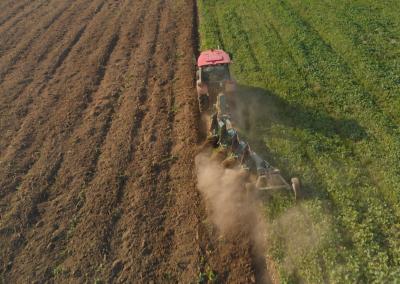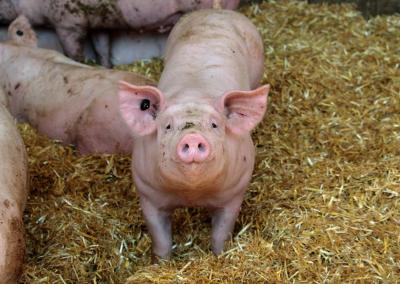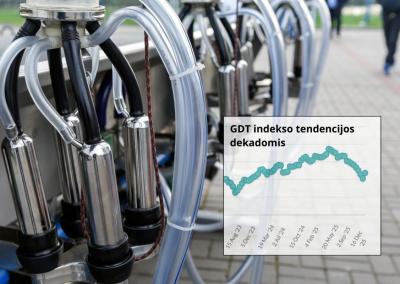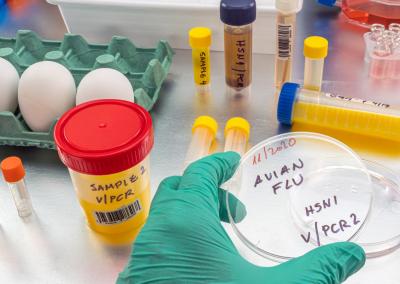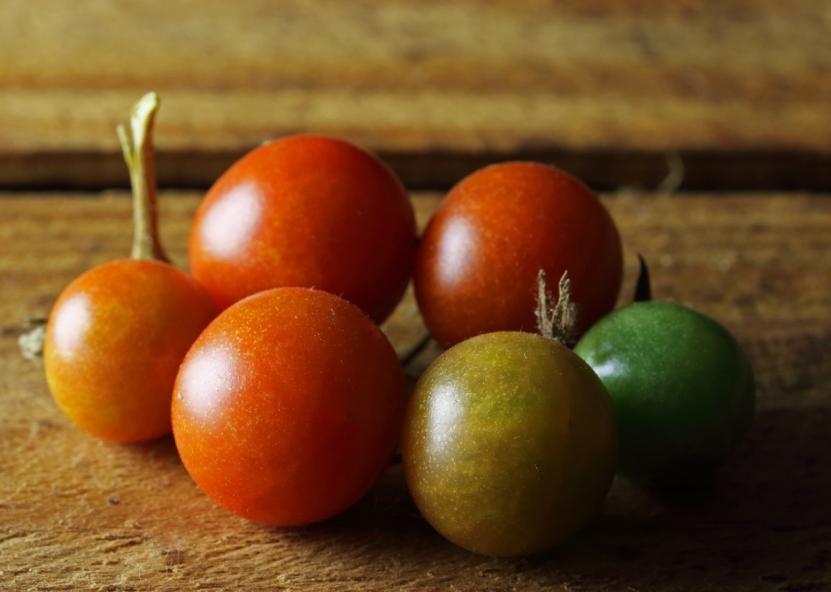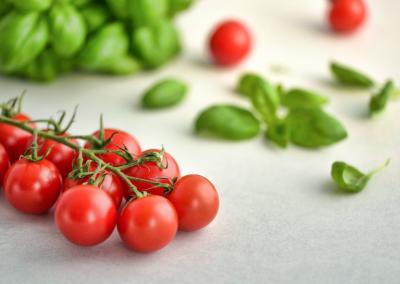How to speed up the ripening of late tomatoes at home
Late varieties of tomatoes can be harvested until the end of September. Depending on the climate and weather conditions, up to 60% of the tomatoes may not be ripe. These tomatoes are sent out to ripen on the windowsill at home. How do you ripen tomatoes correctly and quickly to get the most ripe fruit possible?
If the weather is cool and rainy in September, it is better not to wait for the tomatoes to ripen on the bush, as they can be damaged by phytophthora (tomato blight) if the humidity is high. To preserve the harvest, it is better to pick and ripen green tomatoes. But it is important to know exactly when to pick unripe green tomatoes. If the fruit is still green or whitish with a creamy tinge, but has reached the size of the variety and the seeds are fully developed when cut, these tomatoes can be ripened on the windowsill. Small and poorly developed fruit should be left on the bush as they will not ripen on their own at home.
Diseased tomatoes must not be picked for ripening, regardless of the degree of ripeness. They should be destroyed to prevent the disease from spreading to healthy fruit.
All green tomatoes growing in the field must be picked from the bushes before the air temperature drops below 5°C at night.
All tomatoes grown in greenhouses should be picked from the bush when slightly underripe (light brown). The exact time to pick greenhouse tomatoes for ripening depends on the time of planting and the variety. As a rule, the first harvest of greenhouse tomatoes takes place at the beginning of June, while late varieties are picked from the bush at the end of September. However, weather conditions must be taken into account.
Greenhouses are usually used for sticky and sensitive tomatoes that are afraid of frost. Therefore, as soon as the greenhouse soil temperature drops below 9°C, these tomatoes are ripened at home.
How to pick tomatoes correctly for ripening
Pick tomatoes from the bush every 3-5 days. It is important not to allow the fruit to become overripe, as this will not be able to be preserved for long (it is eaten immediately) and will impair the flavour of the tomatoes.
Tomatoes are picked in dry weather, whatever the degree of ripeness. It is better to do this in the morning before they heat up in the sun. Using sharp scissors, the fruit is carefully cut off with the stalk. At the same time, it is very important not to damage the skin: even a small wound will reduce the shelf life of the fruit and may lead to rot and mould.
The tomatoes are then sorted according to their degree of ripeness and fruit with mechanical damage and signs of disease are rejected. To prevent the development of phytophthora, harvested tomatoes should be immersed in hot water (60° C) for 1-2 minutes and then gently wiped dry. The hot water will kill the fungal spores on the surface of the fruit.
Healthy medium to large sized tomatoes are thoroughly cleaned of any sand or dirt and placed to ripen.
Home ripening methods for tomatoes
The first method is the traditional one - in a well-ventilated and sufficiently humid room with a temperature of 20-25°C. The tomatoes are arranged on shelves, in baskets or boxes in several layers (not more than 20 cm thick), and inspected every 3 to 5 days: the ripe fruits are taken out, and damaged ones are destroyed.
The ripening conditions for tomatoes may be changed at the grower's discretion. To speed up the process, increase the room temperature to 28°C, provide bright lighting and place a few red (fully ripe) tomatoes, red apples or bananas between the green and white fruit. The point is that the ethylene gas emitted by these products contributes to the faster ripening of tomatoes.
Another way is to ripen tomatoes in layers. The unripe fruit is placed in any container in 2 or 3 layers (each layer covered with paper or dry sawdust) and loosely covered with a lid to allow air to pass into the fruit (or you can cover the fruit with a fabric). The peeled tomatoes are stored at a temperature of 12-15°C and a humidity of 80-85%. This ripening normally takes 30 to 40 days, but if necessary it can be accelerated in the traditional way described above.
Third way – ripening with the bunches. The tomatoes are dug out of the bed together with the roots, the bush and the stem. The roots are shaken free of the soil and then hung root side up in a dry, well-ventilated and warm room. In this case, the shrubs should not be touching each other when hanging so that there is good ventilation between them. Nutrients reach the fruit from the roots and leaves, which often results in larger tomatoes as well as riper ones.


